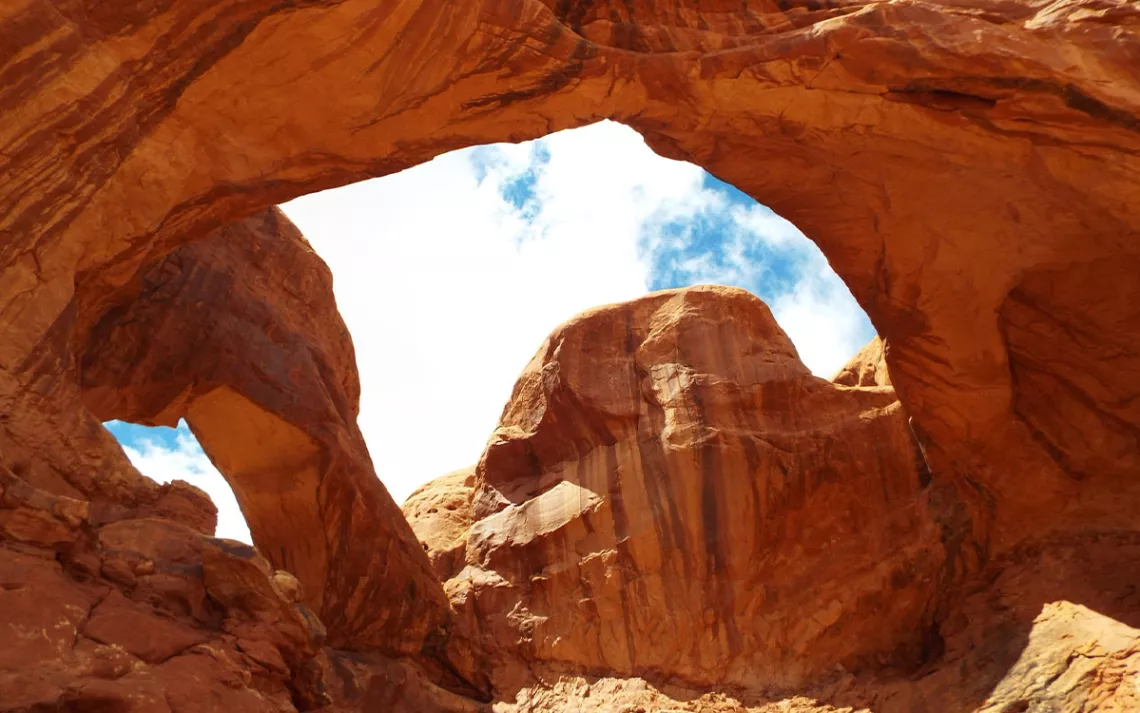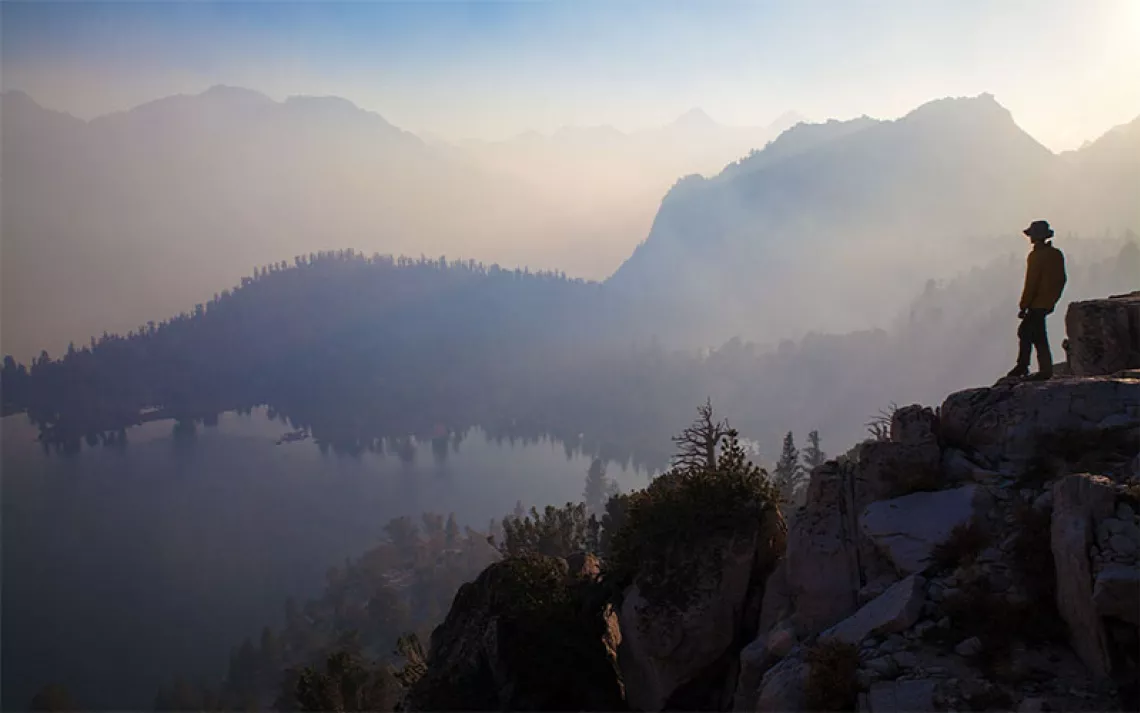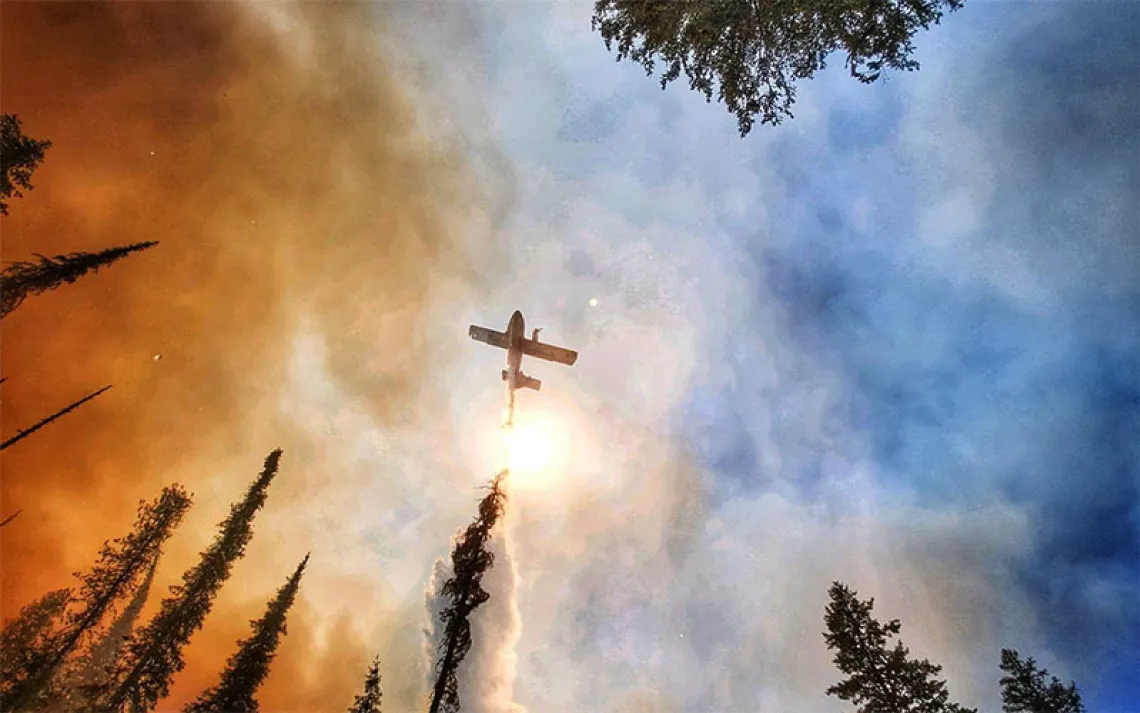Unleash Our Public Lands
Congress has work to do to make it easier for Americans to enjoy the great outdoors

Photo by David Moss
A shorter version of this op-ed was originally published in The Seattle Times.
Ah, Memorial Day weekend: the official start to summer and the season of adventures to the forests, seashores, and mountains. It’s that time for family campouts, backpacking trips, canoe excursions. River swimming and lake fishing and napping under trees.
Uh, you mean you don’t have reservations yet? Oh no. Because, see, if you’ve not already booked your national park or even national forest reservations for the summer, there’s a good chance you’re out of luck. If you wanted to be camping at one of America’s public lands this holiday weekend, or just about any week in the summer months, you probably should’ve made your reservation back when snow was still blanketing the ground.
It used to be that you could just roll up to a Forest Service campground or a national park backcountry wilderness office and have a reasonably good chance of nabbing a permit. That was always one of the best things about the outdoors getaway—the spontaneity of the adventure could leave you feeling as free as the big open, spaces.
No more. A junk-fee-packed online system—Recreation.gov—that is the only reservation portal for most federal and state parks has opened the way to a Taylor Swift–concert–like scrum for camping spots. Outdoor enthusiasts are often left paying fees to the defense contractor Booz Allen, the operator of Recreation.gov, even when they can’t nab a coveted reservation. There are reports of bots snapping up camping sites, which are then sold on a gray market.
Meanwhile, parks are overcrowded due to demand from a public whose affinity for time outdoors only seems to be increasing. In 2023, the National Park Service alone clocked 325 million visits. America’s public lands are oversubscribed.
Seen from one vantage point, the competition for camping spots is encouraging, inspiring even. It’s evidence of how the great outdoors remains a great uniter in a fractured country. Americans of all political persuasions, creeds, and colors love our public lands. In an era of intense polarization, time in the woods is badly needed escape; the trees, after all, hold no political opinions.
Unpopular though it may be, the National Park Service’s decision to institute reservations at some of the most popular parks in response to the crush of visitors is a smart move. Arches, Glacier, Mount Rainier, Rocky Mountain, and Yosemite National Parks now have time-entry reservation systems for high season. Sure, it’s a pain. But it’s better than the alternative: No one wants to go to a national park only to be stuck in a traffic jam.
There’s another, more long-lasting solution to ease the congestion at public lands: establish more parks.
Many states—both blue and red—are already doing this by moving to create more state parks, which are often the most accessible of our public lands. Last year, lawmakers in Idaho awarded nearly $100 million in state funds to expand and improve services at 30 state parks there. In Texas, voters last November overwhelmingly approved a measure to create a $1 billion fund for state parks in the Lone Star State. The largest investment in Texas state parks is already leading to the creation of six new parks there. Blue states like California, Delaware, and Michigan are also investing in new or expanded parks or improved services for visitors.
Congress should follow the states’ lead and act on the raft of pending national parks and wilderness bills.
Georgia legislators that span the political spectrum from progressive senator Jon Ossoff to conservative representative Marjorie Taylor Greene are cosponsoring a bill that would create the state’s first national park, the proposed Ocmulgee Mounds and Parks Preserve. Arizona senator Mark Kelly, a Democrat, and representative Juan Ciscomani, a Republican, together are pushing a Chiricahua National Park Act, which would upgrade the otherworldly collection of rock spires in southern Arizona from a national monument to a national park. Senator Mitch McConnell is hoping to expand Mammoth Cave National Park in Kentucky by nearly 1,000 acres, while Senator John Cornyn wants to grow Big Bend National Park in Texas by 6,000 acres. Legislators from both parties would like to make the Chesapeake watershed a national recreation area.
There are also many proposed bills that would designate federal lands as wilderness areas, the highest level of protection. Republican senator Mike Braun of Indiana is seeking to establish the Benjamin Harrison National Recreation Area and give wilderness status to 15,000 acres of the Hoosier National Forest. America’s Red Rock Wilderness Act would provide new protections to the canyons of the Colorado Plateau and the Great Basin Desert. The Wild Olympics Wilderness and Wild and Scenic Rivers Act seeks to provide additional safeguards to parts of Washington State’s forested Olympic Peninsula.
While some of these bills have Republican cosponsors, the unfortunate reality is that in recent decades Republican lawmakers have shrunk away public lands preservation (the Red Rocks Wilderness Act has 94 cosponsors but not a Republican among them). Republican leaders’ reluctance to support lands-preservation bills is a break from both the party’s traditions—remember Teddy Roosevelt?—and from the desires of its own voters. Creating new national parks, monuments, and national wildlife refuges is wildly popular across political affiliations. According to Colorado College’s long-running polling, 85 percent of voters in the American West—often ground zero for disputes over federal lands—support the establishment of more parks and monuments.
Of course, ambitious lawmaking is notoriously difficult in an election year. But given the overwhelming bipartisan voter support for protecting our public lands, passage of the many pending conservation bills would be a victory for both parties. Most of all, it would be a gift to the tens of millions of Americans who cherish this country’s awesome natural places. It would be a way to ensure that, come summer 2025, there will be more opportunities for people to enjoy the great outdoors.
 The Magazine of The Sierra Club
The Magazine of The Sierra Club



